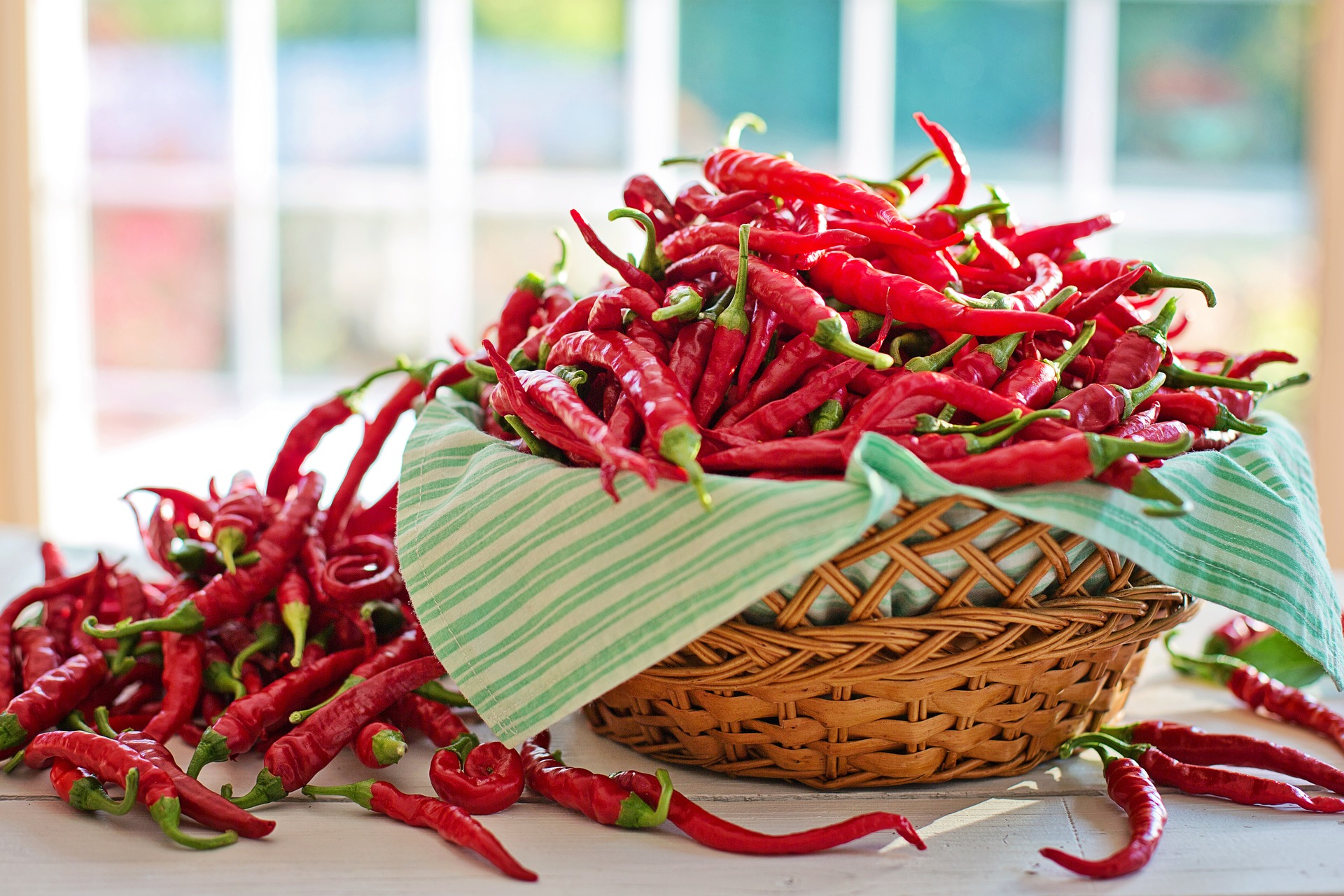 Plant Biology
Plant Biology
Spicing up restoration: can a dash of pepper powder defend native plants?
New research demonstrates that coating native plant seeds with chili powder can prevent rodent seed predation and improve native plant restoration, while also reducing restoration costs.

The reestablishment of native plants following disturbances like wildfires and road construction projects is challenging in today’s world because introduced plants aggressively invade newly disturbed areas and exclude native plants. The most cost-effective way to reestablish native plants following disturbances is to sow native plant seeds. However, much like farming, the success of restoration seeding is determined by the vagaries of weather - and also by seed predators. While it is difficult to control the weather, recent research suggests that we can reduce the impacts of seed predators. This can be accomplished by mimicking the evolutionary strategies used by some plants to protect their own seeds from seed predators.
In the western United States, as in much of the world today, disturbances facilitate invasion by exotic plants that threaten the health and diversity of native plant communities. Once established, exotic plants must be removed by chemical or physical means. But simply removing the exotics does not ensure the recovery of native plants. One reason for this is that native seed sources commonly become diminished following disturbances, particularly in areas where exotics have taken over. To address this problem, restoration practitioners are increasingly sowing native plant seeds following disturbances and exotic weed removal. However, this approach is fraught with challenges due to inclement weather and rodent seed predators inhibiting plant establishment. Native plant seeds are expensive because they are not commercially produced at the scale of agricultural seeds, so it is particularly important to ensure that as many sown seeds as possible become mature plants. Strategies that increase the likelihood that sown seeds will become new plants can improve restoration. Such approaches can even increase the economic efficiency of restoration if the additional seed preparation cost is marginal relative to the increase in the number of plants that recruit per seeding effort.
We assembled a team of researchers and restoration practitioners to improve restoration seeding efforts. Our approach involved a form of biomimicry - that is to say, we mimicked strategies used by some plants that chemically protect their seeds from rodent seed predators in nature. For example, capsaicin is the active ingredient in chili peppers that makes our mouth burn when we eat them. This compound has a similar effect on other mammals, and scientists believe it evolved within wild chili peppers to protect their seeds from rodent seed predators. We attached capsaicin (in the form of ground chili powder) to native plant seeds using new seed-coating technologies to see if it could deter rodent seed predators and improve plant survival and recruitment in restoration. First, the efficacy of the pepper application was tested in laboratory feeding trials by offering pepper-coated and uncoated seeds to native deer mice. Second, we evaluated the efficacy of this approach in the field by sowing pepper-coated and uncoated seeds of native plants. By applying this approach, we quantified the effect of the rodent seed predators on native plant recruitment with and without pepper coatings on the seeds.
In our tests rodent seed predators consistently consumed native plant seeds and substantially suppressed their recruitment over the course of the four-year study. Pepper-coating the seeds dramatically reduced this damage in laboratory feeding trials. When we moved to the field, the coatings that we used in the first three years initially deterred rodent seed predators; but their effects faded over time due to weathering. But the coating that we used in the final year of the study substantially increased native plant recruitment, virtually negating the effect of rodent seed predators.
Native plant seeds can be coated with plant-derived, predator-deterrent compounds to increase native plant recruitment and improve restoration success. Our economic assessment indicated that the final cost per recruiting seedling was lower for pepper-treated seeds than for untreated seeds because coatings increased recruitment rates, despite the additional cost of treating seeds with pepper. We provide a proof of the concept that seed coatings are an economically viable method for improving restoration success. But these techniques will require further refinement to ensure coatings persist from fall sowing to spring germination for broader applications in the field.
Original Article:
D. E. Pearson et al., Spicing up restoration: can chili peppers improve restoration seeding by reducing seed predation? Restoration Ecology 0, (2018)Next read: AntBot is able to go home like desert ants by Julien Dupeyroux , Stéphane Viollet , Julien R. Serres
Edited by:
Dr. Anatoly Kozlov , Senior Scientific Editor
We thought you might like
More from Plant Biology
Unravelling the Secrets of Pine Roots: A Tale of Nutrition and Adaptation
Oct 20, 2023 in Plant Biology | 3.5 min read by Rafael Cañas , Francisco OrtigosaStressful memories help plants resist caterpillars
Oct 2, 2023 in Plant Biology | 3.5 min read by Samuel Wilkinson , Adam Hannan Parker , Jurriaan TonDecoding the genome of a jackfruit that grows all year round
Sep 6, 2023 in Plant Biology | 3.5 min read by Tofazzal IslamLife after logging: the tale of recovering tropical forests
Aug 21, 2023 in Plant Biology | 3.5 min read by Maria Mills , Terhi RiuttaEditor's picks
Trending now
Popular topics


